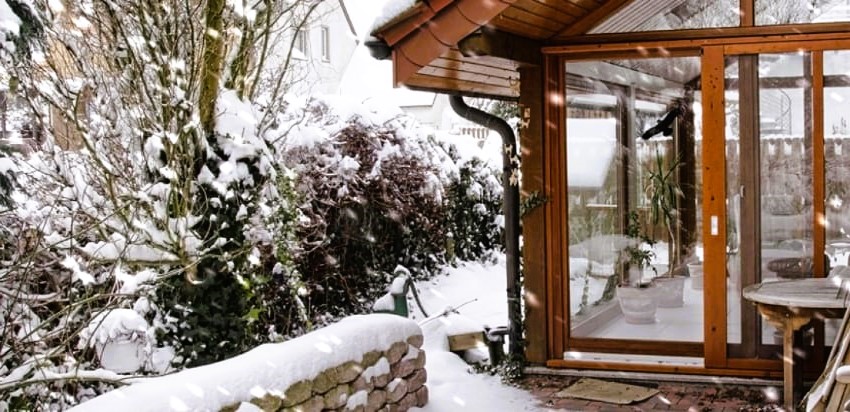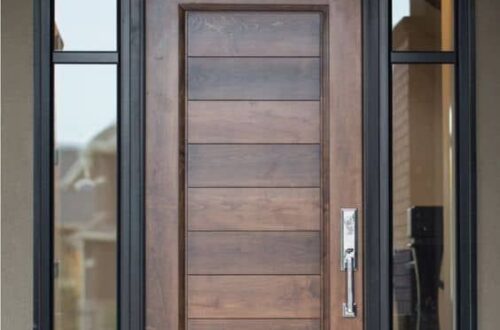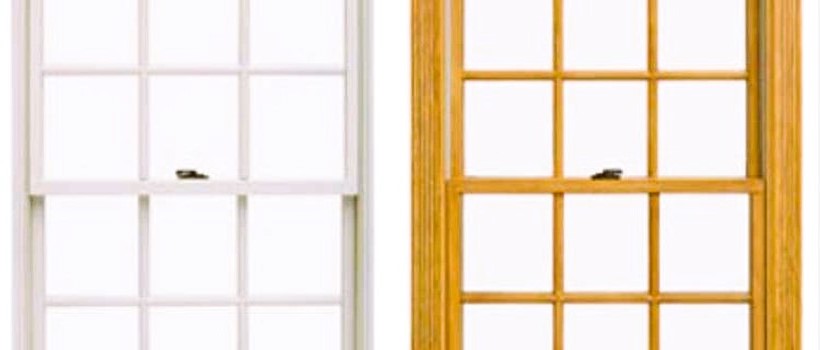Canadian winters are known for their harsh and unforgiving nature, with bone-chilling temperatures, heavy snowfall, and biting winds. During this season, maintaining a warm and cozy home is a top priority for homeowners. However, one common challenge is preventing cold drafts and heat loss through patio doors. In this comprehensive guide, we will explore the impact of Canadian winters on patio doors and provide practical tips on how to keep the cold out, ensuring a comfortable and energy-efficient home.
Understanding the Challenge: Patio Doors and Winter
Patio doors are a popular architectural feature in Canadian homes, as they connect indoor spaces to outdoor patios, decks, and gardens. However, these large glass openings can become a source of heat loss and cold drafts during the winter months. Here’s why:
- Glass Conductivity: Glass is a poor insulator, and patio doors often feature large glass surfaces. When the outdoor temperature drops, the glass becomes cold and allows the cold to transfer into your home.
- Weather Stripping Wear: Over time, the weather stripping around patio doors can deteriorate due to exposure to harsh weather conditions. This can lead to gaps that allow cold air to enter and warm air to escape.
- Inefficient Seals: If the seals around the edges of the door are not airtight, cold air can infiltrate your home. This is especially noticeable if there are gaps or leaks in the door frame.
Tips for Keeping the Cold Out
- Energy-Efficient Patio Doors: Investing in energy-efficient patio doors can make a significant difference. Look for doors with features like double or triple glazing, low-E coatings, and thermally broken frames. These elements help minimize heat loss and maintain a comfortable indoor temperature.
- Proper Installation: Patio doors should be professionally installed to ensure a tight fit and proper alignment. Poor installation can lead to gaps and drafts.
- Weather Stripping Maintenance: Regularly inspect and maintain the weather stripping around your patio doors. Replace any damaged or worn weather stripping to create a better seal.
- Curtains or Blinds: Use heavy curtains or blinds to create an additional layer of insulation during the night. These coverings can help trap heat and prevent drafts. Did you like the article? We also recommend reading about window grid styles.

- Draft Stoppers: Use draft stoppers at the base of your patio doors to block drafts and cold air from entering your home.
- Door Thresholds: Adjust the threshold of your patio door to ensure a tight seal. You may need to lower or raise it to prevent gaps.
- Window Film: Consider applying window film to your patio door’s glass. This film can enhance insulation and reduce heat loss.
- Seal Leaks: Seal any leaks or gaps around the patio door frame with caulk or weatherstripping. Even small gaps can allow cold air to infiltrate your home.
- Use a Door Snake: Door snakes or draft stoppers can be placed along the bottom of your patio doors to block drafts.
- Upgrade Locks and Latches: Modern locks and latches often come with better sealing mechanisms. Upgrading these components can improve the door’s airtightness.
- Professional Inspection: If you’re still experiencing issues, consider a professional inspection of your patio doors to identify and address any underlying problems.
- Storm Doors: Installing a storm door outside your patio door can provide an additional barrier against cold air and wind.
Conclusion
Canadian winters can be severe, but with the right strategies and precautions, you can keep the cold out and maintain a warm, comfortable, and energy-efficient home. Taking steps to improve the insulation and airtightness of your patio doors is essential for a cozy winter season in Canada.
For more information on building standards and regulations in Canada, you can refer to Wikipedia. These resources provide valuable insights into construction and safety standards that can impact your efforts to keep the cold out during Canadian winters.





